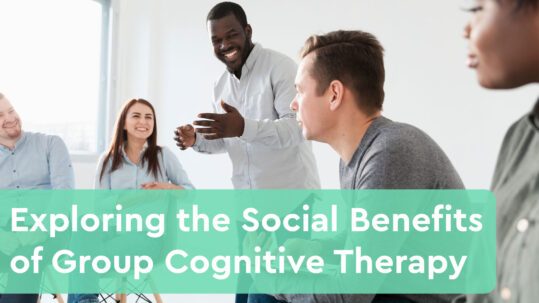Bridging Groups – What Are They?
One of the greatest challenges in cognitive rehabilitation therapy is helping your client connect their practice of cognitive skills to their daily life. This is where bridging comes in. Bridging is the process by which therapists and clients work together to reflect upon a client’s cognitive processes and by using simulated real-world situations to apply learned cognitive skills. Some situations a therapist may simulate for their client to apply learned cognitive skills include planning a dinner party, making plans to attend a social event, and applying for a job.
What are bridging groups?
Bridging can be done individually, but is most often practiced in groups called bridging groups. Bridging groups serve as discussion groups composed of participants who are all taking part in a cognitive rehabilitation program. In these groups, participants discuss therapeutic activities and the cognitive complications they aim to address. Bridging groups are led by trained clinicians and have about 6-8 participants per group. The clinician will lead the direction of the group, while the participants discuss the directed topic while offering exchange of problem solving skills and social support.
How are these groups used?
Bridging groups can be used to help clients think about how they think and approach problems and to help clients build cognitive skills and connect them to their daily lives. Bridging groups that are used to help clients think about how they think are called metacognitive groups. On the other hand, bridging groups that focus on the practice and implementation of cognitive skills are called skill building groups. All participants in a cognitive rehabilitation therapy program will participate in both kinds of bridging groups at the direction of the therapist.
Conclusion
Bridging groups are groups in which participants reflect upon their cognitive processes and practice how they may apply learned cognitive skills with the direction of a licensed clinician. Bridging groups are usually composed of 6-8 participants and one clinician. These groups serve clients by helping them learn generalization techniques, exchange problem solving ideas, and by providing social support. Bridging groups are useful for participants’ cognitive rehabilitation therapy and should be provided during the course of treatment for the facilitation of transferring practiced cognitive skills to daily life.









